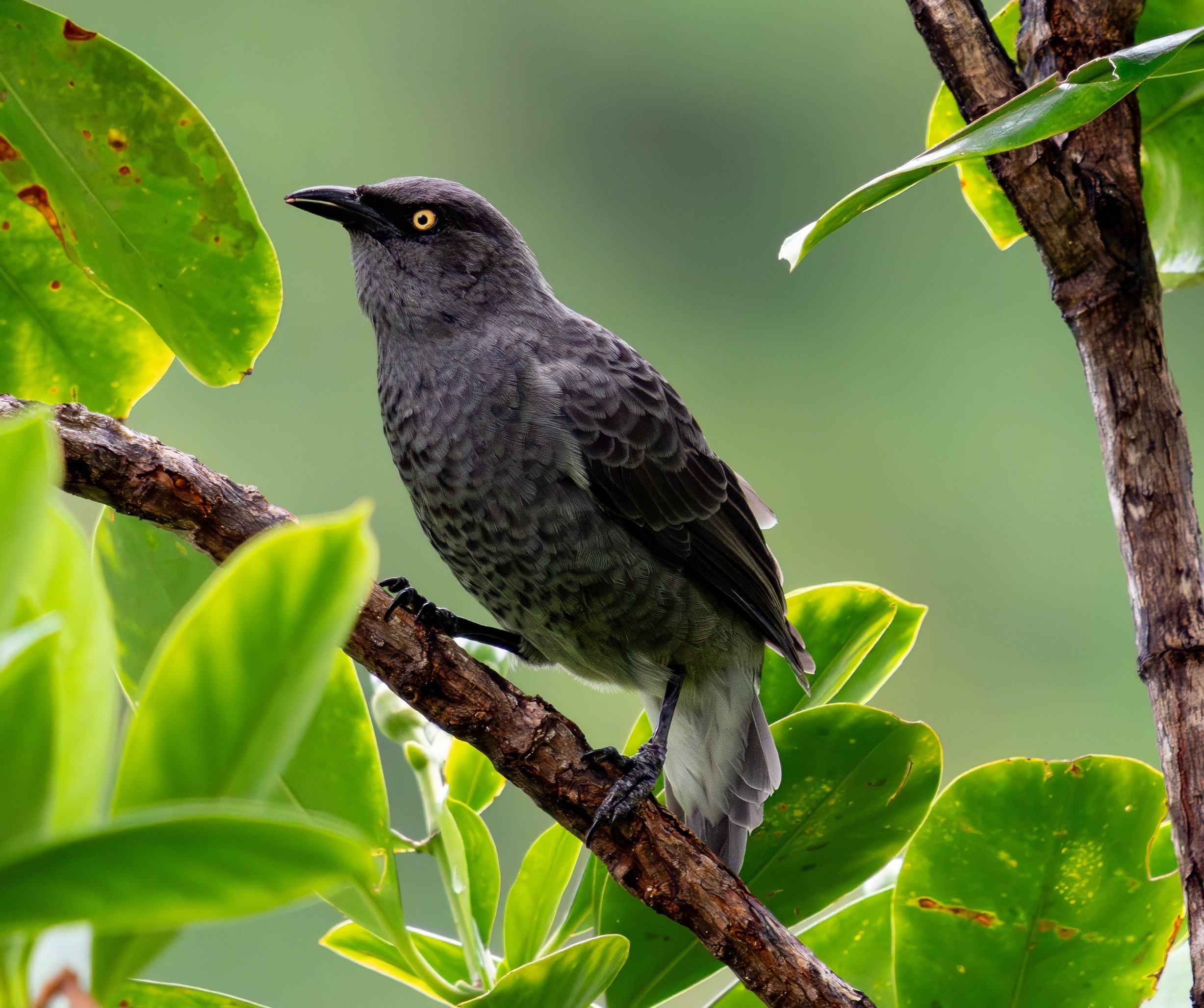Tracking the ʻĪʻoi, new learnings
A year after the Rarotonga ʻĪʻoi Project began, exciting new learnings about the endemic bird are ready to share. The goal of the project was to build on our understanding of the elusive ʻĪʻoi / Rarotonga starling to make sure it is well protected. Throughout the year a team of volunteers were brought together, by Te Ipukarea Society and Muri Environment Care, to closely observe ʻĪʻoi in the inland forest and track six individuals with special VHF radio transmitters. The hard work of this dedicated team has paid off as we have uncovered new information about the understudied species.
The ʻĪʻoi that were tracked over four months provided valuable information about their habitat and home range. The home range of a species is the area where they regularly spend their time, find their food, mate, and in which they may hold a smaller territory that they defend. It is important to understand the home range as it tells us how much space, and what kind of space, an individual and a population may need to thrive. Previously thought to stay within small areas, the radio tracking study showed that ʻĪʻoi hold larger home ranges, often the size of a small valley. This may indicate that as a population, ʻĪʻoi are spread out over the island in a lower density than previously thought–a possibility we hope to investigate further.
Alongside the radio tracking, the team spent hundreds of hours watching ʻĪʻoi and observed behaviours that indicate that this species doesn’t just stay in pairs of two like many birds. Ī’oi appear to stay in family units even once the young have reached adulthood and were often observed in groups of 3-5, even during nesting! This may be a strategy for parents to raise chicks with the help of older offspring, while the young adult offspring benefit from staying with their parents a little longer too. This is not unlike us humans, when adult children stay home with their parents to help out, but also get the benefits of some home cooking, cleaning and a roof over their heads!
Another exciting find was when an ʻĪʻoi nest was found just as it was being built. This was especially interesting as it was outside the breeding season and in a location that could be easily monitored. The nest was built in the end of a broken albizia branch (a non-native tree), and the ʻĪʻoi brought twigs and strips of plant material to line the nest. The nest was closely watched for many weeks but in that time did not develop into an ‘active’ nest with eggs. It’s possible the birds made a false start—building outside of the regular breeding season. It’s quite likely they will still use it later so the team will keep a close eye on it as this is a fantastic opportunity to learn about ʻĪʻoi nesting and chick-rearing, which is poorly understood!
Together, these findings help us build a better understanding of this special bird and ultimately ensure we are doing our best to protect them.
Te Ipukarea Society would like to thank the project lead for the ‘Ī’oi tracking project, Rachel Selwyn from Volunteer Service Abroad for sharing your field research skills with Te Ipukarea Society and the wider community who took part in the data collection process. We wish Rachel all the best in her next chapter working in her specialised area of wildlife ecology.

